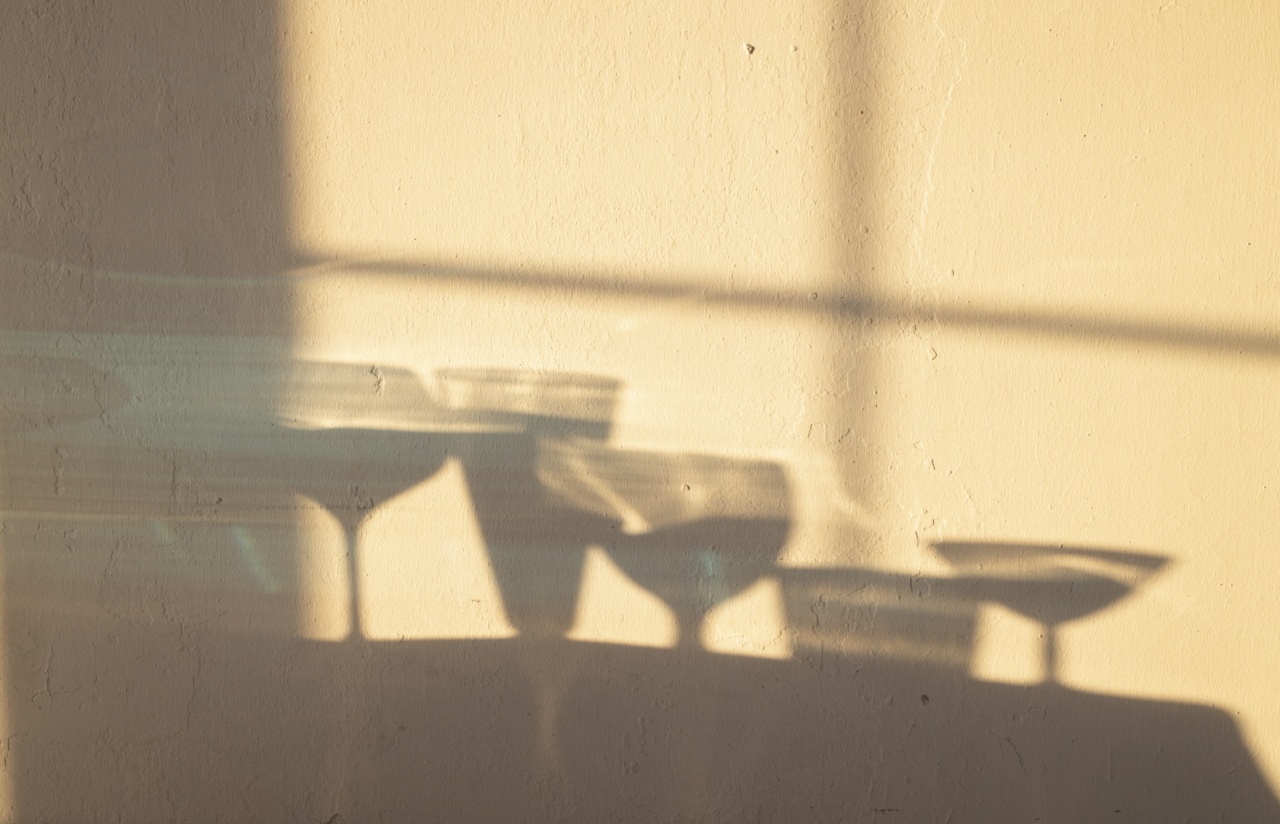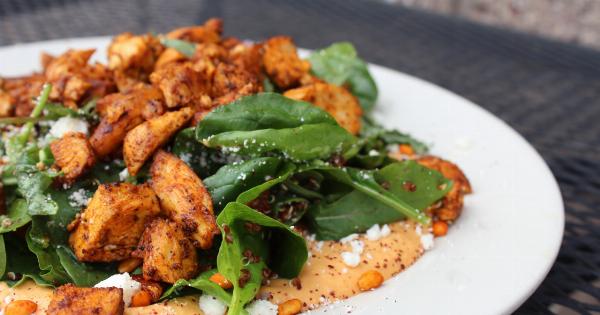When it comes to tracking our daily calorie intake, it’s important to take into account the calories that we consume from beverages as well.
Alcoholic beverages, in particular, can significantly contribute to our overall caloric intake and potentially affect our weight management goals. To help you make informed decisions about your alcohol consumption, let’s explore the caloric content of various alcoholic beverages.
1. Beer
Beer is one of the most popular alcoholic beverages worldwide, and its caloric content can vary depending on the type and brand. On average, a 12-ounce (355 ml) serving of regular beer contains approximately 153 calories.
However, craft beers, stouts, and heavier variants can often have a higher caloric content, ranging from 180 to 250 calories per serving.
2. Wine
Wine is often seen as a lighter and more refined choice compared to beer. The caloric content of wine also differs based on the type and serving size.
For example, a 5-ounce (148 ml) glass of red wine typically contains around 125 calories, while a glass of white wine has slightly fewer calories, averaging around 121 calories. Sweeter wines, such as dessert wines, tend to have higher calorie counts, with approximately 165 calories per 3.5-ounce (103 ml) serving.
3. Spirits
Spirits, such as vodka, rum, whiskey, and tequila, are often consumed in mixed drinks. While these alcoholic beverages are known for their higher alcohol content, they don’t necessarily have the same caloric impact.
The caloric content of spirits primarily comes from the added mixers and syrups. Pure spirits, without any additional ingredients, contain approximately 64 calories per 1-ounce (30 ml) serving. However, once mixed with sugary beverages or cocktails, the calorie count can significantly increase.
4. Liqueurs
Liqueurs are sweetened spirits that often have various flavors. Due to their high sugar content, liqueurs tend to be quite calorie-dense.
The number of calories in liqueurs can range greatly, but on average, a 1.5-ounce (44 ml) serving contains about 150 calories. Popular liqueurs like Baileys Irish Cream, Amaretto, and Kahlua usually fall within this calorie range. Keep in mind that cream-based liqueurs may have an even higher caloric content.
5. Cocktails and Mixed Drinks
Cocktails and mixed drinks can be a significant source of hidden calories. The calorie count of mixed drinks varies depending on the ingredients used and the portion size.
It’s not uncommon for a typical cocktail to contain anywhere from 150 to 500 calories per serving. Cream-based cocktails, margaritas, and fruity beverages often tend to have higher caloric content due to added syrups, juices, or sugar.
6. Light and Low-Calorie Options
If you’re looking to enjoy alcoholic beverages while keeping your caloric intake in check, there are some lighter options available.
Light beer, which typically has a lower alcohol content, can contain as few as 102 calories per 12-ounce (355 ml) serving. Similarly, many wine producers offer lower-calorie options, such as sparkling wines, with calorie counts ranging from 80 to 100 calories per 5-ounce (148 ml) glass.
Additionally, some spirits offer lower-calorie alternatives or pre-mixed drinks with reduced sugar and fewer calories.
7. Alcohol and Weight Management
Understanding the caloric content of different alcoholic beverages is essential for those who are mindful of their overall calorie intake and weight management.
Alcohol itself contains 7 calories per gram, which is why alcoholic beverages can have considerable caloric contributions. However, it’s not only the calories but also the potential impact on our choices and behavior that should be considered. Excessive alcohol consumption may lead to poor dietary choices and hinder weight loss efforts.
8. Moderation and Considerations
It’s important to consume alcoholic beverages in moderation and be aware of their caloric content. If you’re trying to manage your caloric intake, consider the following tips:.
• Be mindful of portion sizes and serve yourself reasonable amounts.
• Opt for lighter options, such as light beers, sparkling wines, or low-calorie mixed drinks.
• Choose sugar-free or diet mixers to cut down on unnecessary calories.
• Stay hydrated by drinking water alongside your alcoholic beverages.
• Be cautious of high-calorie cocktails and mixed drinks with added syrups, juices, or sweeteners.
• Plan for the calories from alcohol and make adjustments in your overall diet to accommodate them.
9. Summary
Alcoholic beverages can significantly contribute to our caloric intake, and it’s crucial to keep track of their potential impact on our weight management journeys.
The caloric content of these beverages varies greatly depending on the type, brand, and serving size. Being aware of the caloric content can help you make informed choices and enjoy alcoholic beverages in moderation without undermining your overall dietary goals.
10. Conclusion
Next time you reach for your favorite alcoholic beverage, take a moment to consider its caloric content. By understanding the caloric intake of different alcoholic beverages, you can make conscious decisions that align with your dietary goals.
Remember, moderation is key, and balancing your alcohol consumption with a healthy lifestyle is always a wise choice.






























